What does eating healthily mean to you? For some it may be eating healthy meals daily while for others it’s about having a balance of healthy meals with ‘cheat days’ whereby they get to consume unhealthy food such as fast foods.
According to the World Health Organization (WHO), having a healthy diet helps your body in various ways. It protects you against malnutrition, obesity, improves cognitive development as well as noncommunicable diseases (NCDs) such as diabetes, heart disease, cancer and stroke. To add on, WHO Member States have agreed to reduce salt intake by 30 percent, globally and stop the rise of diabetes and obesity among adults and adolescents by the year 2025.
Currently, many people are consuming foods that are high in fats, sugar, salt or sometimes labelled as sodium on packaging with little dietary fibre, protein, vitamins, minerals and other forms of nutritional value. Consuming such food can lead to serious and unwanted health conditions.
Even if you didn’t get the healthy start you have always wanted, it’s still never too late to make some changes that can improve your health. Here are a few ways we thought might help you stick to a healthy diet.
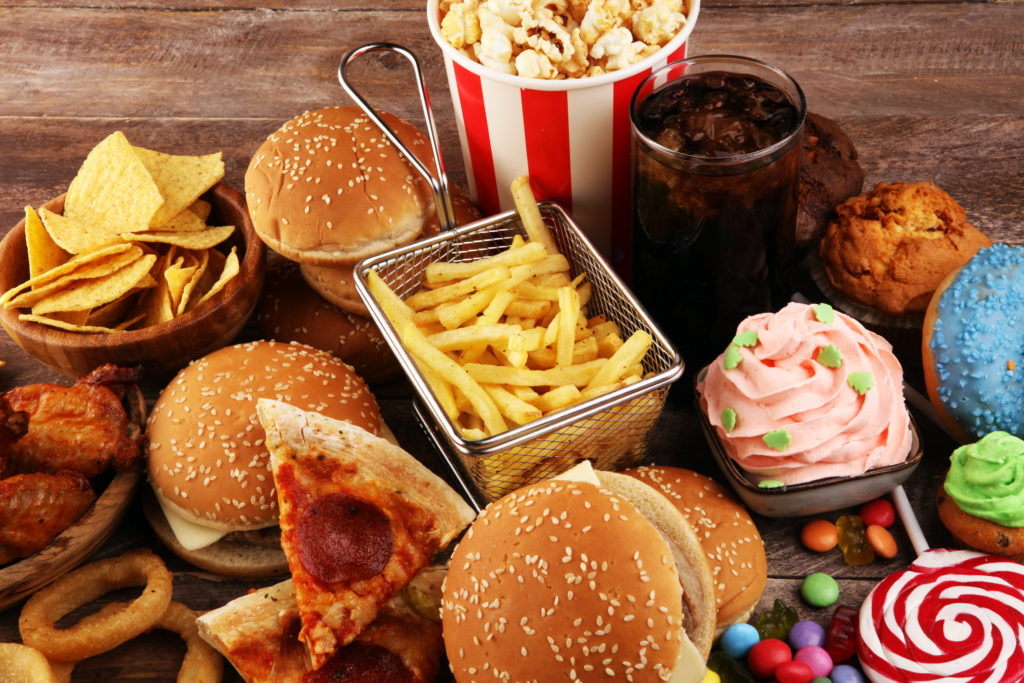
Why should I eat better?
Opting for a well-balanced diet plan will provide you all the energy you need to keep yourself active throughout the day. On top of that, you will need nutrients from fruits and vegetables as well as protein for growth and a better immune system.
Let’s also not forget that eating healthy as well as staying physically active can help prevent diet-related illnesses such as obesity, diabetes and certain types of cancers.
As busy as you might be, eating healthy shouldn’t be an option, instead it should be a part of your daily lifestyle.
Let’s also not forget that eating healthy as well as staying physically active can help prevent diet-related illnesses such as obesity, diabetes and some cancers.

Start with realistic expectations
First and foremost, it is of utmost importance to start with realistic meal plans.
For instance, pressuring yourself to achieve better health and to lose weight in a short period of time may backfire. Instead of opting for a whole new diet plan, try to add in one or two ways to eat healthy. Here’s something you can try:
- Try to opt for a healthy breakfast such as fruits, eggs with spinach or Greek yogurt with granola and berries.
Setting an achievable goal will keep you from getting discouraged and may even lead to a healthier start.
Your next step should be…
Once you’re used to this, you may start planning more ways to incorporate healthy meals according to your lifestyle. Whether you’re preparing meals for a day, week or month, it is important to make sure each food group is represented in your meal plan. The healthiest meal plan should emphasise on:
- Vegetables
- Fruits
- Whole grains
- Fat-free and low-fat dairy
- products
- Lean meats
- High-quality proteins including
- tuna and salmon
- Poultry
- Nuts
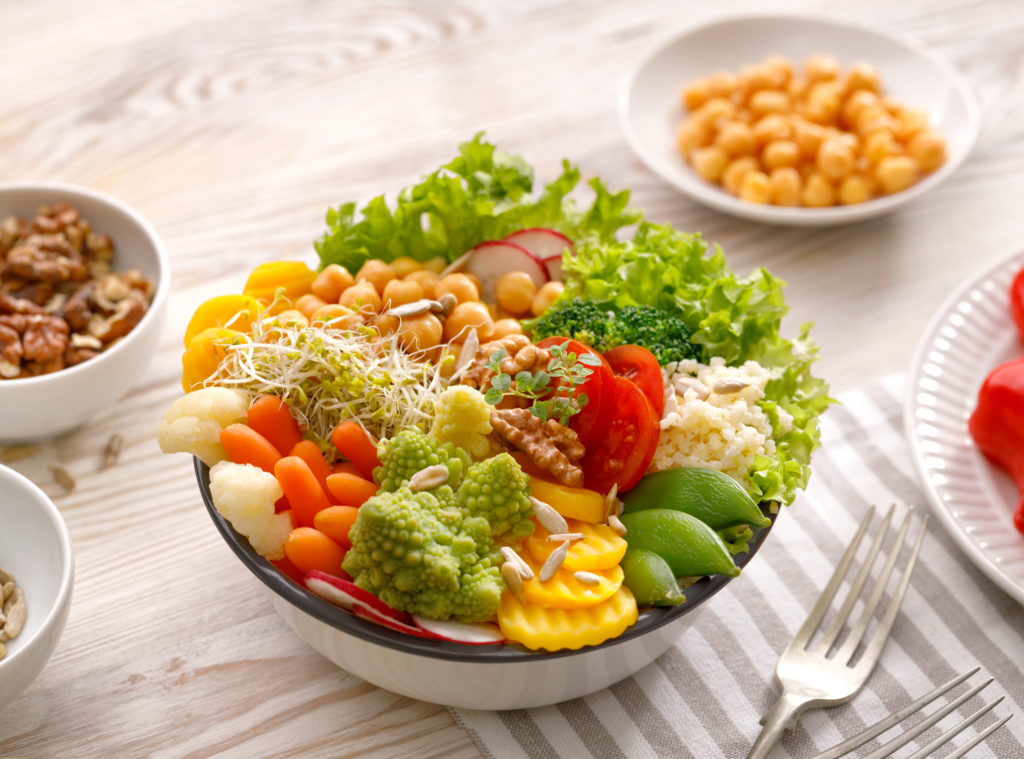
Limit or better yet, cut down saturated and trans fats, sodium and added sugars.

Get organised
Good organisation is the key component to any successful meal plan. An organised kitchen, pantry and refrigerator makes your dream menu come true.
Start by clearing out unhealthy food before going grocery shopping. On top of that, before you go grocery shopping be sure to list down all the ingredients you need to buy. This way you will spend less on impulse purchases. Your shopping list will help you stick to the aisles that have the food you’re looking for.
When you start to plan your meal, you’ll know exactly what you have on hand. Plus, this way you wouldn’t opt for fast foods in case you don’t have the ingredients you’re looking for to make a healthy meal.
Good organisation is the key component to any successful meal plan. An organised kitchen, pantry and refrigerator makes your dream menu come true.
Portion control
Obesity is a growing epidemic as many are still struggling to control their weight from overindulging. Here’s a way to measure and control your portion size:
- Use smaller dinnerware.
- Use your plate as a portion guide. You can divide your plate into sections based on different food groups.
- Use your hands as a serving guide.
A rough guide for each meal should be like this:
High-protein foods
- For women: A palm-sized serving
- For men: Two palm-sized portions
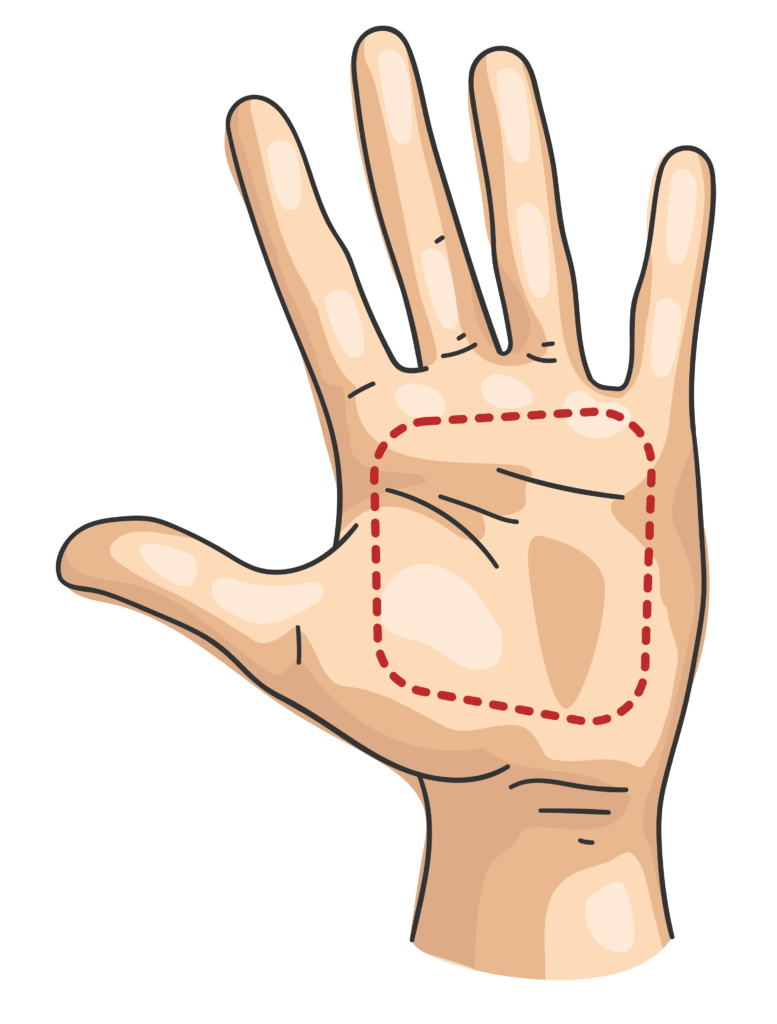
Vegetables and salads
- For women: A fist-sized portion
- For men: Two fist-sized portions
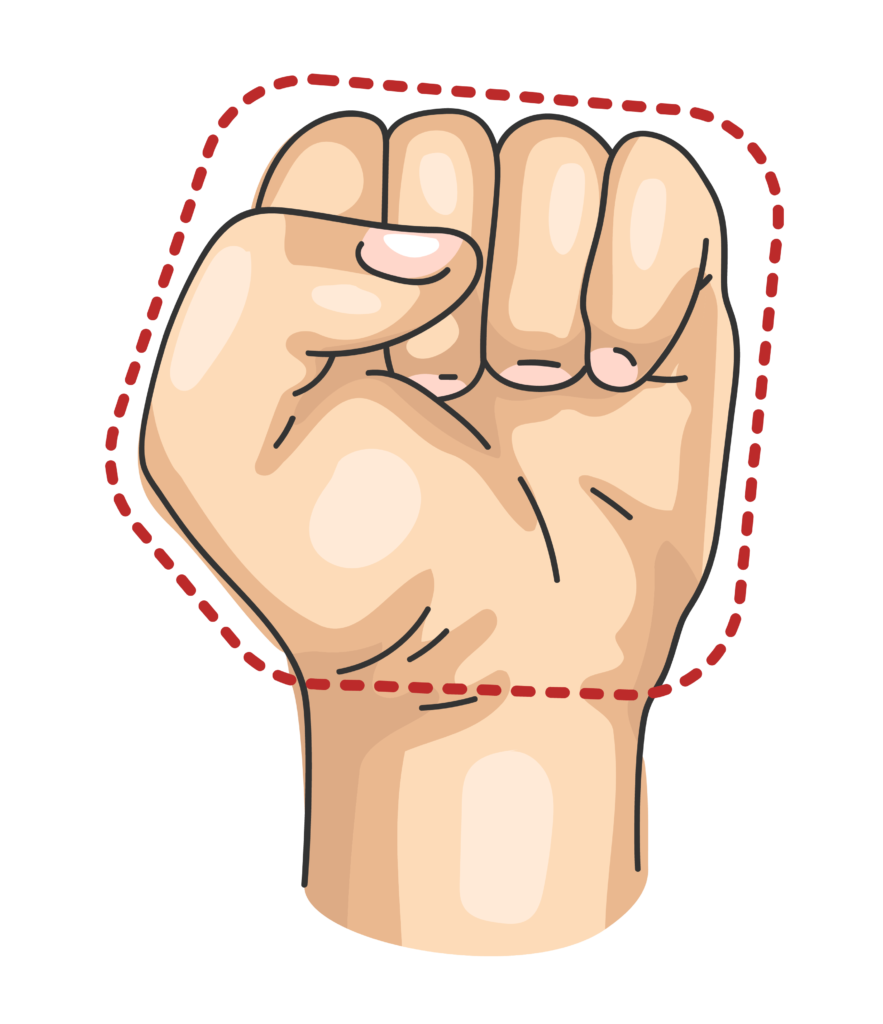
High-carb foods
- For women: One cupped-hand portion
- For men: Two cupped-hand portion
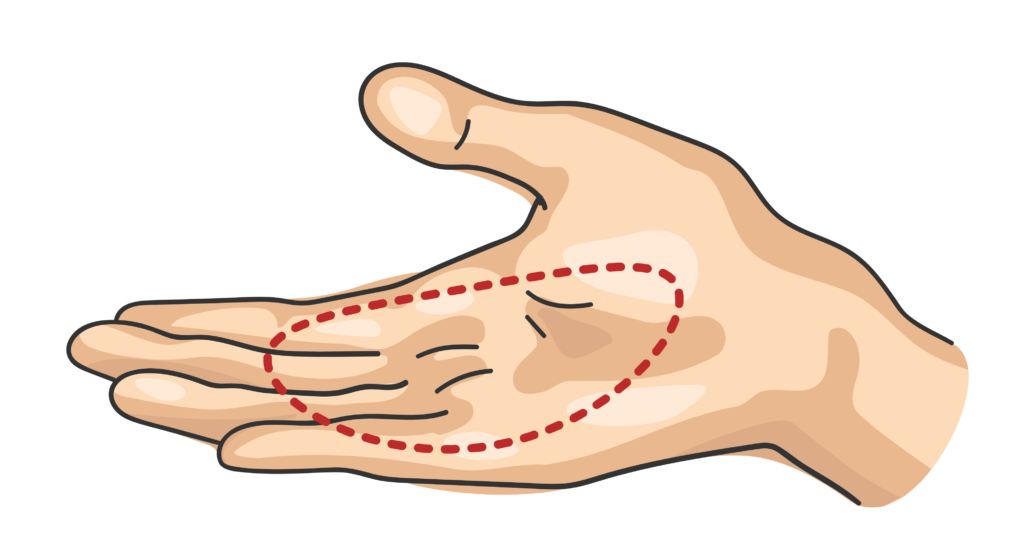
High-fat foods (butter, oils and nuts)
- For women: One thumb-sized portion
- For men: Two thumb-sized portion

Use this information to help yourself, friends, family members and colleagues to stay healthier. We truly believe that it’s neither too early nor too late to start making small changes to improve your overall well-being.
Prevent Overeating Tip: Start your meal with a glass of water to prevent overeating.
Avoid shopping when you’re hungry
Don’t go to the grocery store when you’re hungry, as this might result in impulsive buying that you’re likely to regret later. If you feel a twinge of hunger before heading to the store, don’t hesitate to have a snack first.

Sources: Healthline, WebMD












